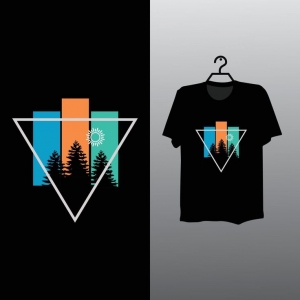Explosion-proof lighting fixtures are essential in industries where flammable gases, vapors, or dust are present. These hazardous environments—common in oil refineries, chemical plants, offshore platforms, and mining operations—require lighting solutions that can operate safely without igniting explosive atmospheres. Understanding the differences between Zone 0, Zone 1, and Zone 2 classifications is crucial to selecting the right explosion-proof lighting fixture for specific applications.

Understanding Hazardous Zones
Hazardous areas are classified based on the frequency and duration of the presence of explosive atmospheres. The classification determines the level of explosion protection required for electrical equipment, including lighting fixtures.
Zone 0
Definition: An area where an explosive atmosphere consisting of a mixture of air and flammable gases or vapors is present continuously or for long periods.
Examples: Inside fuel tanks, storage vessels, or closed process containers.
Fixture Requirements: Only the highest level of protection is permitted, such as intrinsically safe (Ex ia) or encapsulated (Ex ma) designs. Lighting for Zone 0 must ensure no ignition under any condition, even with multiple failures.
Zone 1
Definition: An area where an explosive atmosphere is likely to occur in normal operation occasionally.
Examples: Around pump seals, pipe joints, or venting systems.
Fixture Requirements: Explosion-proof or flameproof (Ex d), increased safety (Ex e), or encapsulated (Ex m) luminaires are suitable. These fixtures are robustly built to contain any internal ignition and prevent flame propagation to the surrounding atmosphere.
Zone 2
Definition: An area where an explosive atmosphere is not likely to occur in normal operation, and if it does occur, it will exist only for a short period.
Examples: Surroundings of storage tanks or areas adjacent to Zone 1 regions.
Fixture Requirements: Fixtures for Zone 2 can be of the “non-sparking” (Ex n) or “restricted breathing” (Ex nR) type, offering adequate safety while maintaining efficiency and cost-effectiveness.

Key Features of Certified Explosion-Proof Lighting Fixtures
Robust Enclosures – Built with corrosion-resistant materials such as aluminum, stainless steel, or reinforced polycarbonate to withstand harsh industrial conditions.
Flameproof Design – Constructed to contain any internal explosion and prevent ignition of the external atmosphere.
Temperature Control – Designed to maintain surface temperatures below the ignition point of nearby gases or vapors.
Sealed Electrical Components – Prevent entry of flammable substances into the fixture housing.
Certifications – Marked with IECEx, ATEX, or UL standards that indicate suitability for specific zones and gases.
Benefits of Using Certified Explosion-Proof Fixtures
Enhanced Safety: Prevents ignition and reduces the risk of catastrophic explosions.
Regulatory Compliance: Meets global safety standards for hazardous area installations.
Durability: Resistant to shocks, vibrations, moisture, and corrosive chemicals.
Operational Efficiency: Advanced LED explosion-proof lights provide high illumination with lower energy consumption.
Reduced Maintenance: Long service life minimizes downtime and replacement costs.
Selecting the Right Explosion-Proof Fixture
When choosing a lighting fixture for hazardous zones, consider:
Zone classification – Determine whether the area is Zone 0, 1, or 2.
Gas group and temperature class – Match the fixture’s rating with the specific gas or vapor type present.
Mounting location – Evaluate ceiling, wall, or pole mounting options for optimal illumination.
Ingress Protection (IP) rating – Ensure protection against dust and moisture.
Certification type – Verify compliance with ATEX or IECEx standards for global applications.

Summary
Explosion-proof lighting fixtures certified for Zone 0, Zone 1, and Zone 2 play a vital role in ensuring workplace safety in hazardous environments. Each zone demands a specific level of protection to prevent ignition sources from interacting with explosive gases or vapors. By selecting the appropriate certified fixture, industries can achieve reliable illumination while maintaining the highest standards of safety, efficiency, and regulatory compliance.







